Forgotten heroes: The D-Day women who changed the course of history
As we mark the 80th anniversary of the Normandy Landings on 6 June 1944, Guy Walters shines a light on the forgotten heroines who helped turn the Second World War in the Allies’ favour

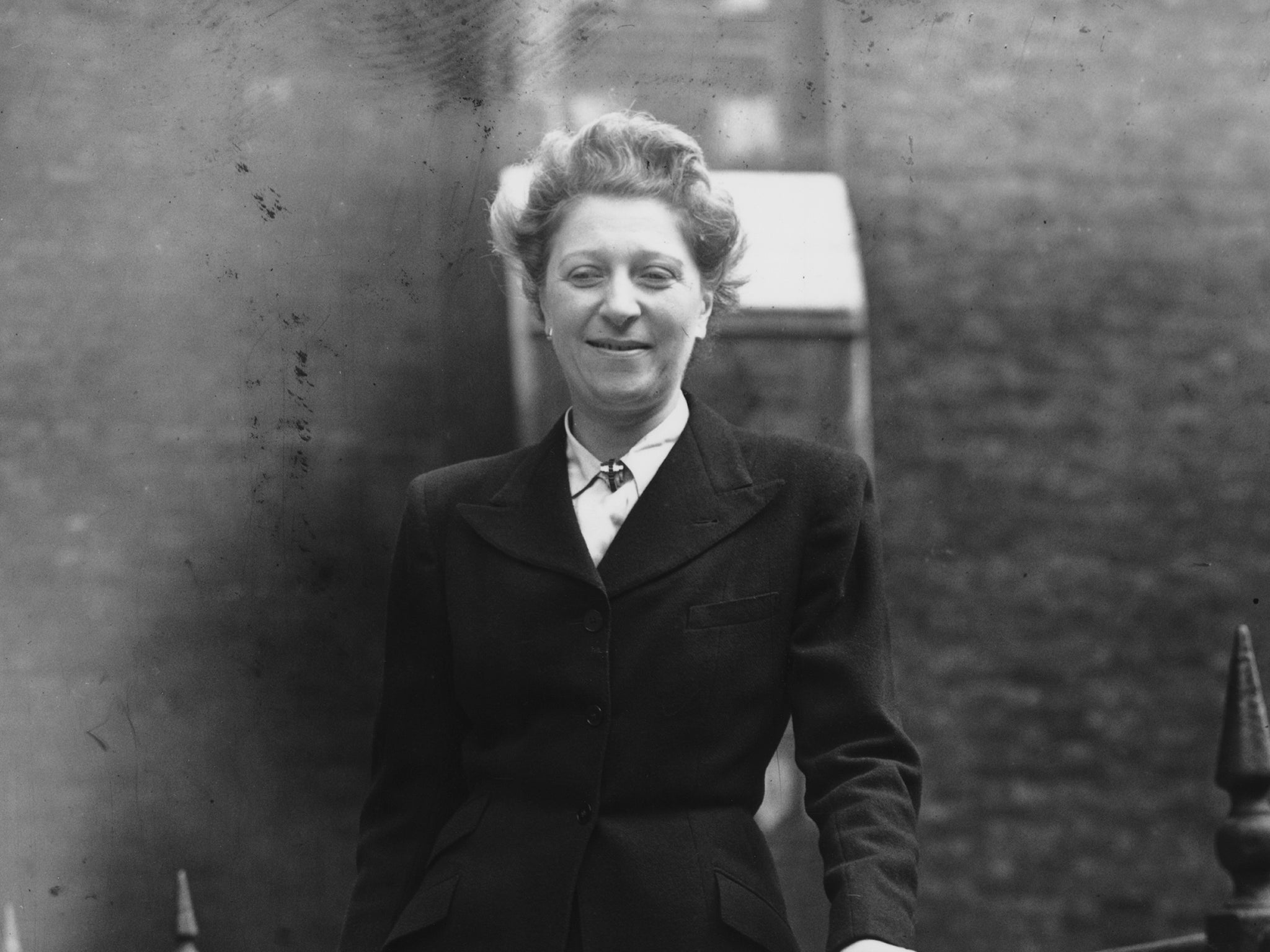
It is still the biggest seaborne invasion in history, when around 156,000 Allied troops landed on beaches along Normandy to fight their way into Nazi-occupied France thus setting the path to victory. As the living memory of that day fades, King Charles noted in his moving address at the 80th-anniversary commemorations: “It is our duty to ensure that we and future generations do not forget their service and their sacrifice in replacing tyranny with freedom.”
While we rightly commemorate those who served and the armed forces on all sides of the conflict who died on D-Day, it is important to remember that it was not just men who played a role during the invasion or indeed paid the ultimate sacrifice.
Tens of thousands of women contributed to the greatest amphibious invasion ever mounted, in a huge variety of roles – from secret agents to switchboard operators, and from nurses to mapmakers and the only woman to land on Normandy that day. For too long, these stories have been rather hidden, and it seems fitting that on the 80th anniversary of D-Day, we finally bring them to light.
The radio operator: Marie Scott
On 6 June 1944, a 17-year-old Marie Scott found herself in a deep tunnel below Fort Southwick near Portsmouth, the subterranean communications hub for Shaef – the Supreme Headquarters Allied Expeditionary Force. A member of the Women’s Royal Naval Service, or Wrens, for just three months, the young Marie had originally been trained as a switchboard operator, but during the build-up to the big day, she had been tasked with sending and receiving messages on what she had been told was a “VHF set”.
On D-Day itself, her job was to communicate with the soldiers on the beaches, which meant she had a vital hotline to those who were in the thick of the largest amphibious invasion the world has ever seen. Although the messages were encoded, that did not reduce the impact of what came through her headphones, something she felt acutely when she received her first message.
“I suddenly realised I was in the war,” she later recalled. “They were people who were actually going onto the beaches. You could hear gunfire, machine guns, mortars, bombs, men shouting. It was the chaos of war. Total chaos. And then I realised that the recipient I was talking to was landing on the beach. So I thought ‘Right, I have a job to do so I am going to get on with it’.”
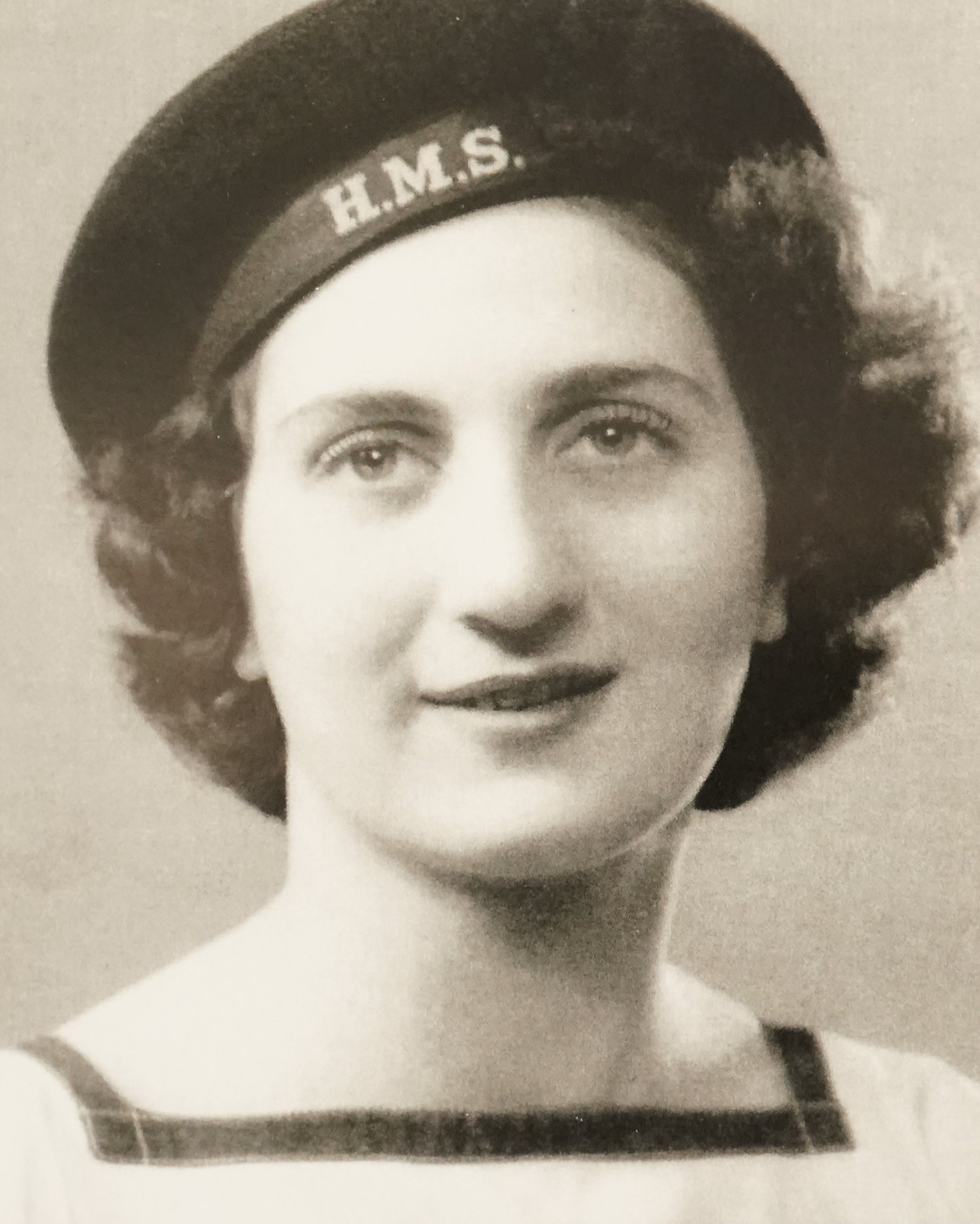
Marie was one of 700 people who worked at Southwick, and the teams of radio operators worked 48-hour shifts with 24 hours off in between. Of course, buried deep beneath the Hampshire hills, the operators were completely safe, unlike those with whom they were communicating.
“The signaller who was sending messages back from the beaches, he must have been so courageous,” she said. “Just to sit there sending messages when all around him fireworks were going off. I mean, cannon, everything. Guns of every description. So, yes, I take my hat off to that signaller that day. Incredible.”
After the war, Marie got married and raised a family. Aged 97, she recently received the Légion d’honneur from the French government, even though the awarding letter started with the words, “Dear Sir”.
The nurses: Anyta Field and Mollie Evershed
With so many men wounded on D-Day and in the weeks following the invasion, medical assistance and nurses needed to be as near the front line as possible. Often, the injured were tended to on boats anchored off one of the landing beaches, and on 7 August, the SS Amsterdam – a former passenger ferry and now a hospital ship – was positioned off Juno Beach.
Among the medics on board were two nurses, Anyta Field, 32, and Mollie Evershed, 27. As they were doing their rounds on the wards, disaster struck in the form of a mine, which exploded and almost split the vessel in half. Panic swiftly took hold and many who were able-bodied headed for the lifeboats. Not so Mollie and Anyta, who put their duty first, and rushed down below the decks as the Amsterdam was rapidly sinking, in order to carry the wounded up to the lifeboats.
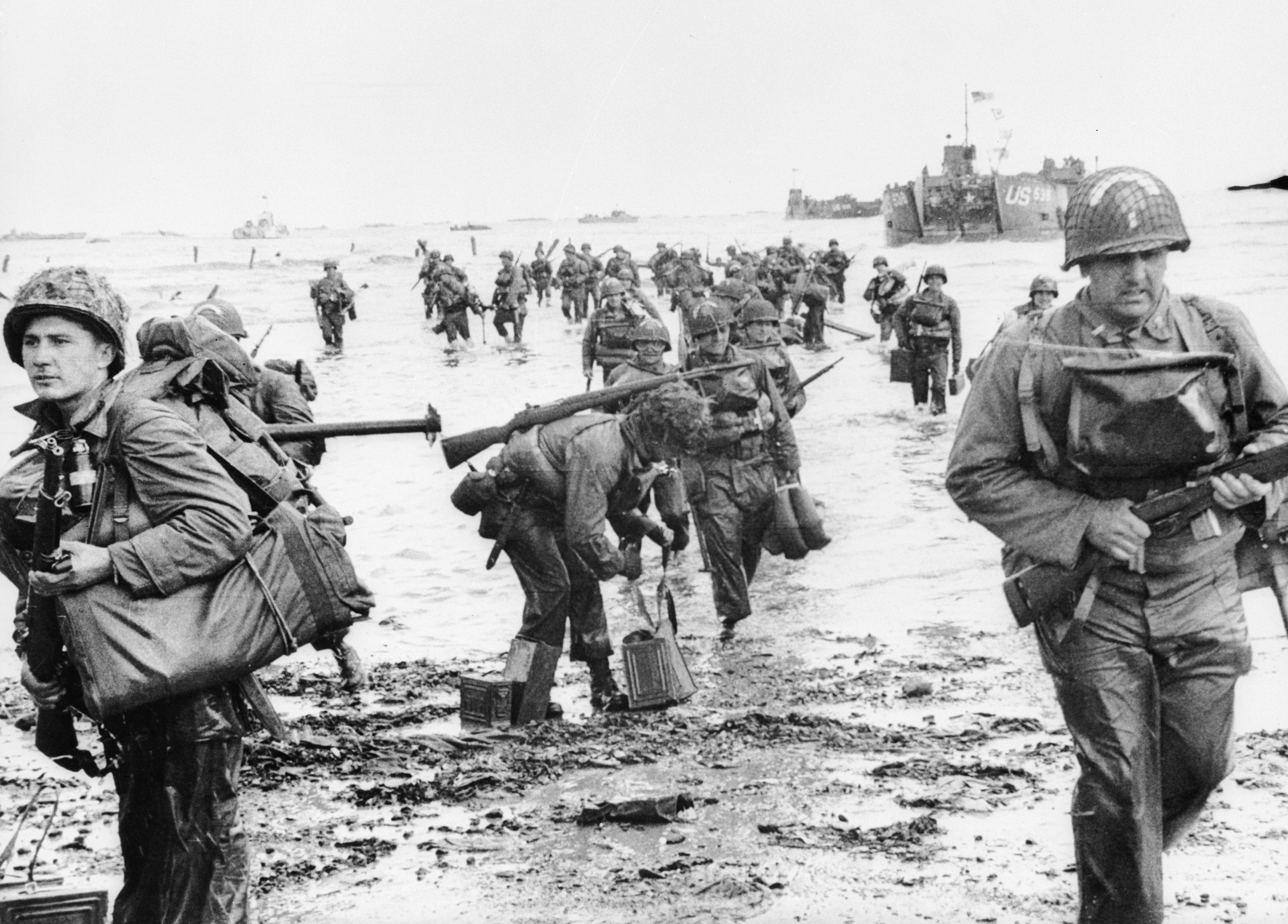
In total, the two nurses managed to rescue some 75 men, including a soldier who had just had his leg amputated. Although they could have saved themselves, Mollie and Anyta kept going below decks, but the ship sank in just eight minutes, and the two nurses were last seen stuck behind two portholes.
A man from the Royal Army Medical Corps later reported that he had tried “to rescue a nursing officer through the porthole in the lower deck in which she’d been trapped”, but sadly he failed. This was thought to have been Mollie. Both women died, along with eight other medical staff, 55 patients, 30 crew and 11 prisoners of war.
Mollie and Anyta were posthumously mentioned in dispatches for their bravery, and today, they are among the 1,475 silhouetted figures that have been positioned in the fields that overlook Gold Beach in Normandy.
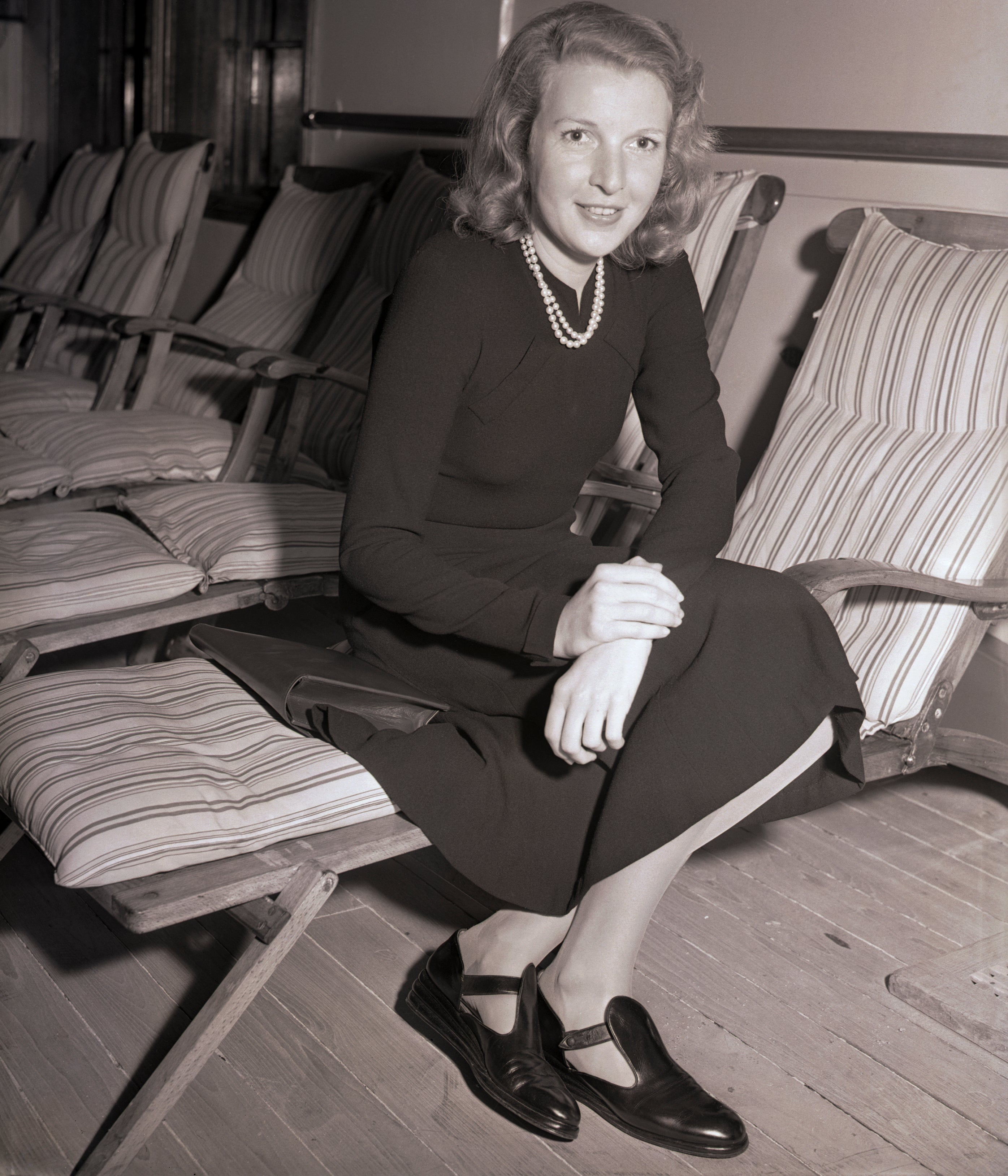
The journalist: Martha Gellhorn
Despite being one of the most respected journalists at the time, having reported on the war from Finland, Singapore, Hong Kong and Britain, Martha Gellhorn was denied permission to accompany the invading forces on D-Day. The 35-year-old war reporter was not going to take that lying down, and she managed to trick an official into letting her on board a hospital ship that was due to go to France on D-Day itself. As soon as she was on board she quickly locked herself into a lavatory and hid.
When the ship set sail, she let herself out and she was to witness the epic events that day at first hand. “Then we saw the coast of France,” she wrote. “As we closed in, there was one LCT [landing craft, tank] near us, with washing hung up on a line, and between the loud explosions of mines being detonated on the beach, one could hear dance music coming from its radio […] Troops were unloading from big ships to heavy barges or to light craft, and on the shore, moving up brown roads that scarred the hillside, our tanks clanked slowly and steadily forward.”
But Gellhorn did more than just watch, she also tended to the dozens of wounded men who came on board. After nightfall, she then managed to get onto Omaha beach, thereby becoming the only woman to have landed on D-Day itself. There, she helped to assemble the wounded and did so by cautiously walking through narrow taped lines that indicated a safe passage through minefields.
The following day, the hospital ship and Gellhorn returned to Britain. “The air of England flowed down through the wards, and the wounded seemed to feel it,” she recalled. When she landed, Gellhorn was arrested by the military police and had her press credentials stripped, but she would still go on to cover the war, not least events as momentous as the liberation of Dachau. She died in London in 1998 at the age of 89.
The mapmaker: Christian Lamb
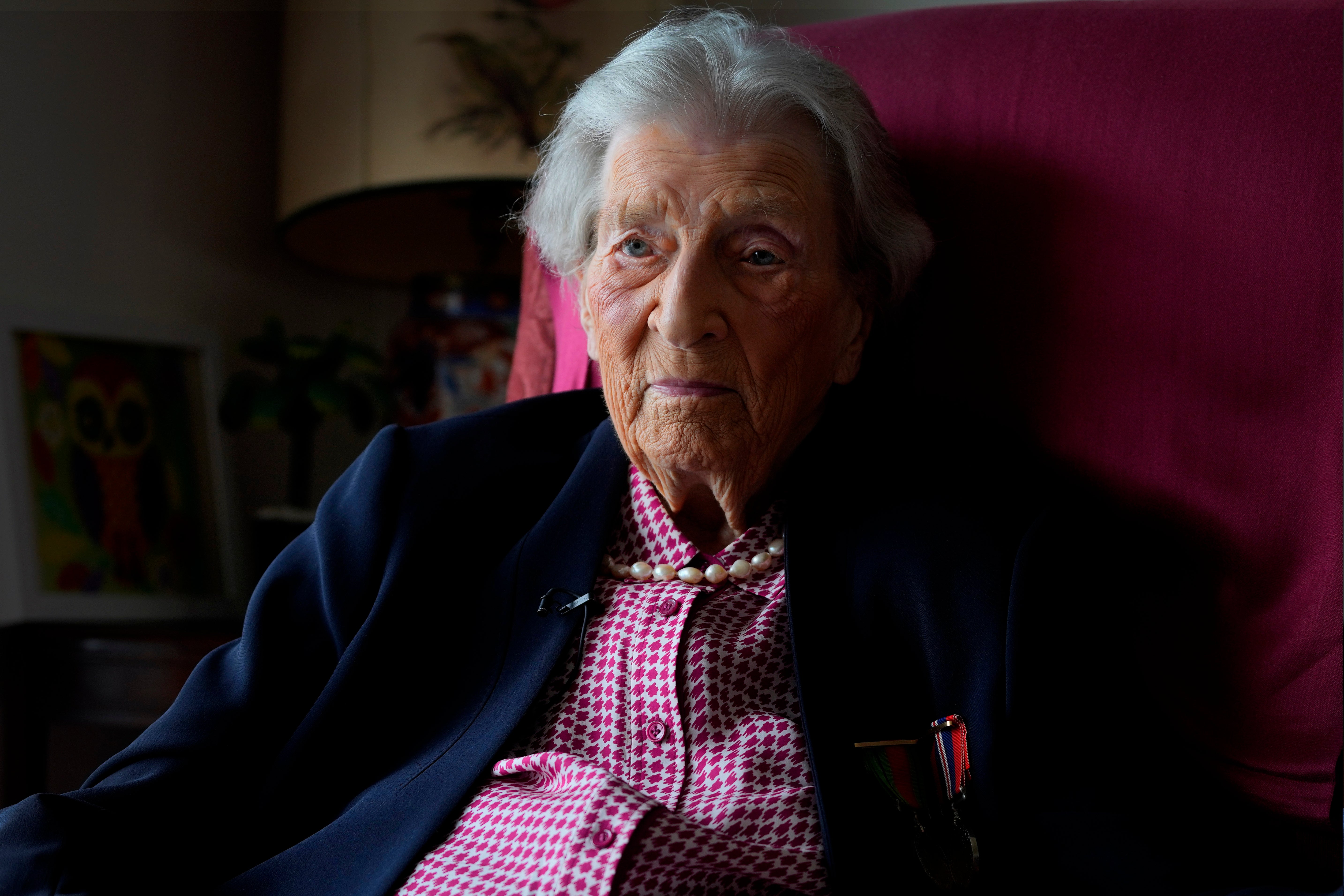
As any fighting man or woman will tell you, the one piece of kit you need almost as much as a weapon is a decent map. D-Day of course required countless maps, and most importantly, they needed to be annotated with the features that could be seen by the invading troops as they came close to the French coast. One of those tasked with this important work was Christian Lamb, who was a Wren working in the Old War Office.
“It was intense and exciting work and obviously important to be detailed and accurate,” she later said. “There many of us working on individual pieces of the enormous jigsaw, none of us knew or ever discussed what the others were doing.”
“Churchill worked upstairs at the top,” she recently recalled. “Occasionally I saw him on the stairs but he never spoke to us, he was too grand.”
When I put on my radio early on June 6 and heard the troops had landed on those beaches I had mapped in my little office, it was the most exciting moment in my life
Her work was of the highest secrecy, as she was privy to the exact places in Normandy where the Allies would land. The Germans, of course, believed that the invasion would come somewhere near Calais, and had Hitler known what Christian had, the outcome of D-Day would have been very different.
“All I knew at the time was that it was of vital importance that I should be 100 per cent accurate – lives might depend on my work,” she later said. As D-Day approached, she and her team moved to Fort Southwick, where she would have worked near Marie Scott. It was clear to Christian that “something was going to happen”, and when D-Day eventually arrived, she felt a huge sense of pride.
“When I put on my radio early on June 6 and heard the troops had landed on those beaches I had mapped in my little office, it was the most exciting moment in my life,” she said.
Still alive today and aged 104, Christian started a family after the war, and has written several books about horticulture and also her wartime experiences.

The secret agent: Lise de Baissac
On D-Day, Lise de Baissac, 39, was operating deep inside enemy territory for the Special Operations Executive in northern France – some 6,000 miles from her homeland of Mauritius.
Lise had landed in France in April, and her job was to be a courier for her fellow agents and members of the resistance. However, her role soon expanded to act as a recruiter, as the resistance needed to be as strong as possible to sow mayhem behind enemy lines in the wake of the forthcoming invasion.
On 5 June, Lise was in Paris when she heard the code word on the radio that D-Day was imminent and she cycled nearly 200 miles back to her base in Normandy, from where she gathered information about German positions and passed them onto the Allies.
She had several close shaves, not least with a group of soldiers who commandeered her flat, not realising that the sleeping bag they were using to sit on was in fact her parachute. She was also in a firefight which apparently claimed the lives of several Germans.
For the next few weeks after D-Day, Lise was instrumental in gathering weapons, as well as hampering the movements of German vehicles by placing mines on roads. By the middle of August, her brave work had been done, and she was sent to England. After the war, she was awarded an MBE – surely too humble an honour – and the Légion d’honneur. She died in Marseille in March 2004, aged 98.
Join our commenting forum
Join thought-provoking conversations, follow other Independent readers and see their replies
Comments
Bookmark popover
Removed from bookmarks